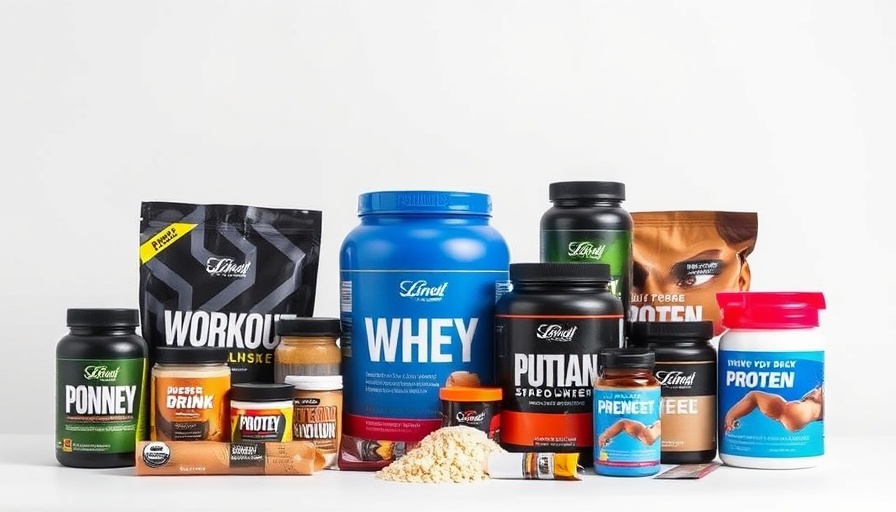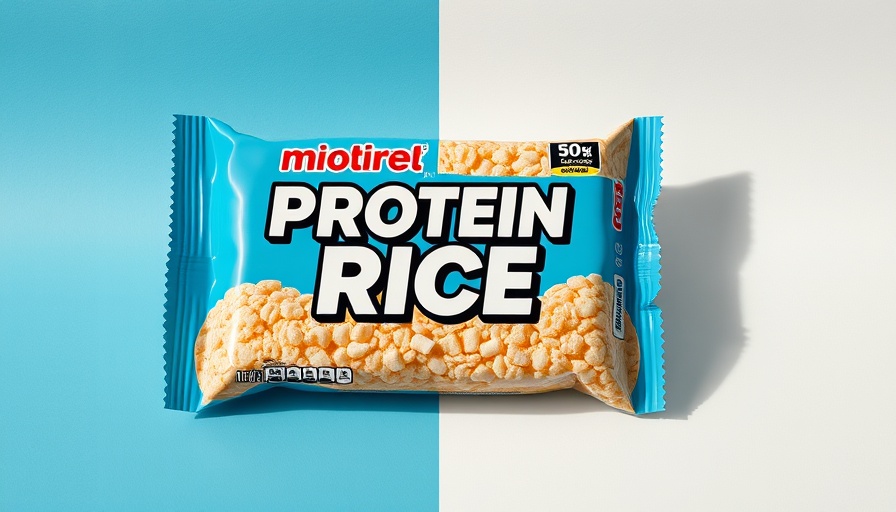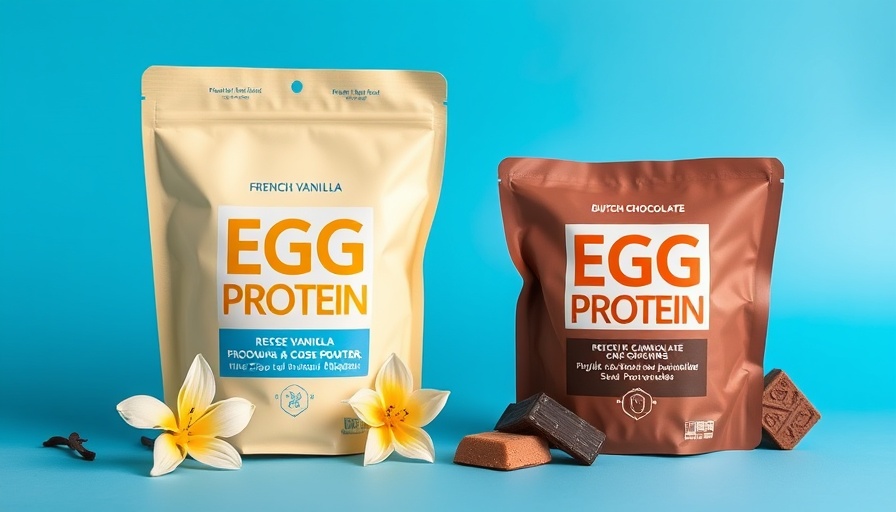
Exploring the Creatine Debate: HCL vs. Monohydrate
In the world of fitness supplements, creatine has long reigned as a popular choice among athletes and enthusiasts alike. Yet, the debate over creatine HCL and monohydrate continues to stir conversations. For most users seeking muscle gains, creatine monohydrate stands as the favored option. It's a tried-and-tested choice, known for its efficacy and cost-efficiency.
Research-Backed Insights
Creatine monohydrate has been extensively studied, proving its capability to enhance strength and muscle growth. While creatine HCL has benefits like easier solubility and potential bloating reduction, it hasn’t shown significant superiority in performance over monohydrate. For those looking to minimize side effects, skipping the loading phase and opting for a daily dose of 3 to 5 grams of monohydrate can be beneficial.
The Evolution of Creatine
Since creatine's introduction, there's been a keen effort to innovate and refine it for better results. Initially spotlighted for its role in muscle development, creatine monohydrate became a staple due to robust research supporting its safety and effectiveness. Creatine HCL, a modern counterpart, was introduced to offer alterations potentially enhancing user experience, although it still trails behind monohydrate in performance metrics.
Future Trends in Creatine Use
As research in sports supplements advances, exploring optimal creatine forms remains at the forefront. Demand for HCL may persist among users valuing solubility, yet monohydrate's affordability and strong backing by science likely ensure its continued popularity. Keep an eye on emerging studies that explore hybrid options or novel formulations that could shake up the landscape of performance enhancers.
 Add Row
Add Row  Add
Add 




 Add Row
Add Row  Add
Add 



Write A Comment